John Francis Murphy
Born in Oswego, New York, the Tonalist landscapist John Francis Murphy was almost entirely self-taught. He liked to draw as a child, but his schooling was cut short when he was twelve and was sent to work at the local newspaper to help support his poor family. When the Murphys moved to Chicago in 1868, he got a job as a scene painter at R. M. Hooley's Theatre. In the early 1870s Murphy took art classes at the Chicago Academy of Design (later known as the Art Institute of Chicago) and participated in its exhibitions; he was named an associate of the academy in 1873. During an extensive sketching trip in Keene Valley, New York, in 1874, Murphy met Winslow Homer. This encounter may have inspired Murphy to be more diligent in his pursuit of an art career, for he moved to New York the following fall. For the next five years he made his living primarily as an illustrator of books and magazines, such as "Harper's New Monthly".
Murphy's career progressed steadily, and by 1880 he was often referred to as "the American Corot." He actively participated in all the major New York exhibitions, both as an entrant and, later, as a judge. In 1885 he won the Second Hallgarten Prize at the National Academy of Design and was elected an associate member. Two years later he was elevated to full academician. In 1886 he spent six months in Europe, visiting major museums and sketching in the countryside. In 1887 he built a studio in Arkville, New York, in the Catskills, where he spent the summer and autumn months; Alexander Helwig Wyant became his neighbor two years later. He spent the winters in New York City, renting a studio in the Chelsea Hotel.
Murphy's early works were based on his direct observation of nature, like the Hudson River School landscapists,and he recorded in preliminary pencil studies. Later, however, Murphy came to rely mainly upon his memory to produce the dark brooding landscapes that became fashionable in the 1890s. Murphy's poetic landscapes are largely influenced by the late paintings of Wyant and George Inness, the two other major figures in the transition from the Hudson River School's detailed panoramas of the American wilderness to the more intimate Barbizon-inspired views of the rural countryside. By the first decade of the century Murphy, along with Bruce Crane, Henry Ward Ranger, George Bogert, Robert Minor, and Ben Foster, was known as one of the leading American painters in the new "tonalist" style. These artists veiled their scenes in an envelope of atmosphere, using subdued, often monochromatic palettes to create poetic, evocative interpretations of nature.

